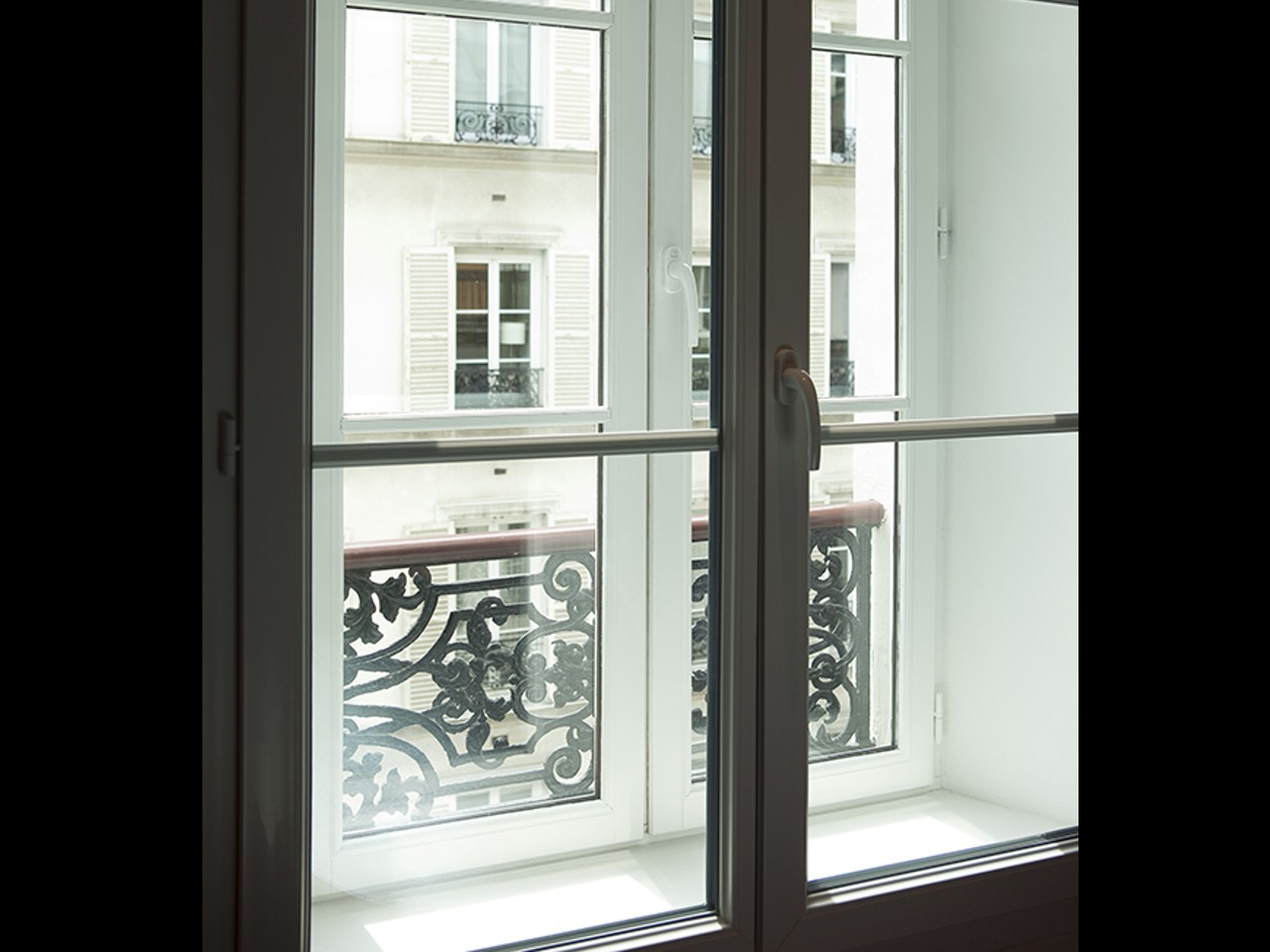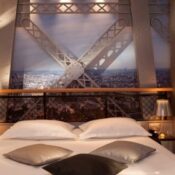Tour Eiffel
– Shower
Everything here recalls the 1900 style of the “old lady”: mottled gray carpet, silver wooden headboard representing the pillars of the tower, “midnight blue” light in the bathroom. The impression of altitude is spectacular in this room with its beautiful geometric harmony. Discover the “Eiffel Tower” Rooms and immerse yourself in the unique decor of a charming hotel in Paris.
SERVICES AND AMENITIES – Eiffel Tower
- 19m² bedroom
-
Bedroom with Rain shower
Hydrojet shower – Overhead rain shower - Marble washbasin
- Anti-fog mirror
- Webert tap fittings
- Bathrobes
- slippers
- Ionic hair dryer
SCHEDULE
- Arrival: 3:00 p.m. – 12:00 a.m.
- Departure: 8:00 a.m. – 12:00 p.m.
- Scénarios d’éclairages de votre chambre Réglez d’une simple touche l’ambiance de votre chambre
- TV écran plat Plus de 50 chaines Françaises et internationales
- Enceinte bluetooth
- Coffre fort Accueille ordinateur avec écran 17’’. Possibilité de recharger l’ordinateur à l’intérieur du coffre.
- Minibar Eaux offertes à votre arrivée
- Produits d’accueil fournis par la Maison Azzaro
Technology
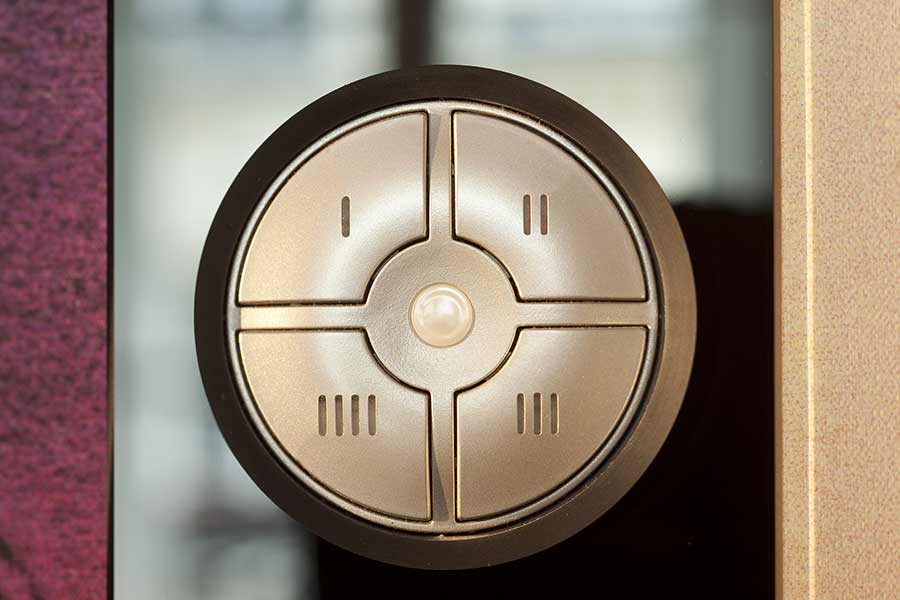
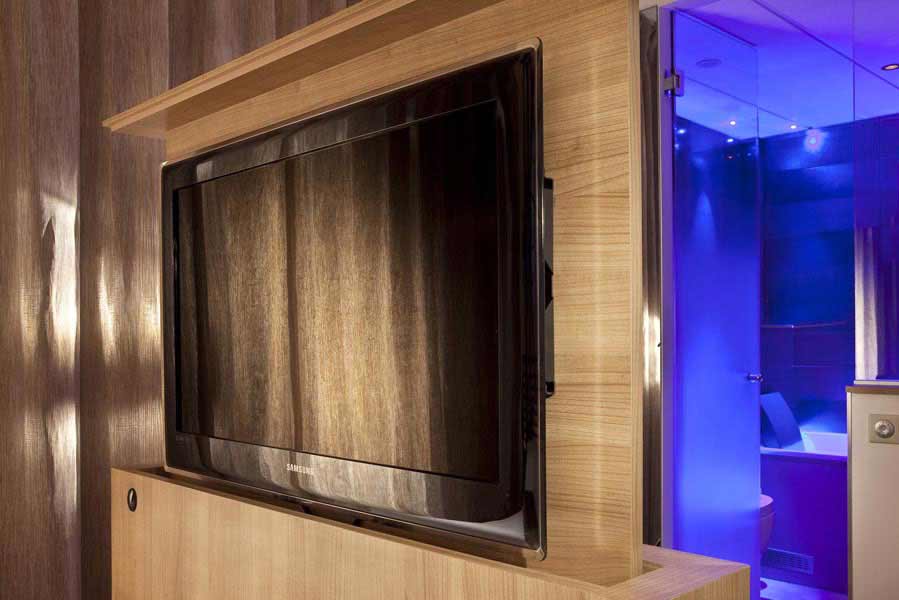


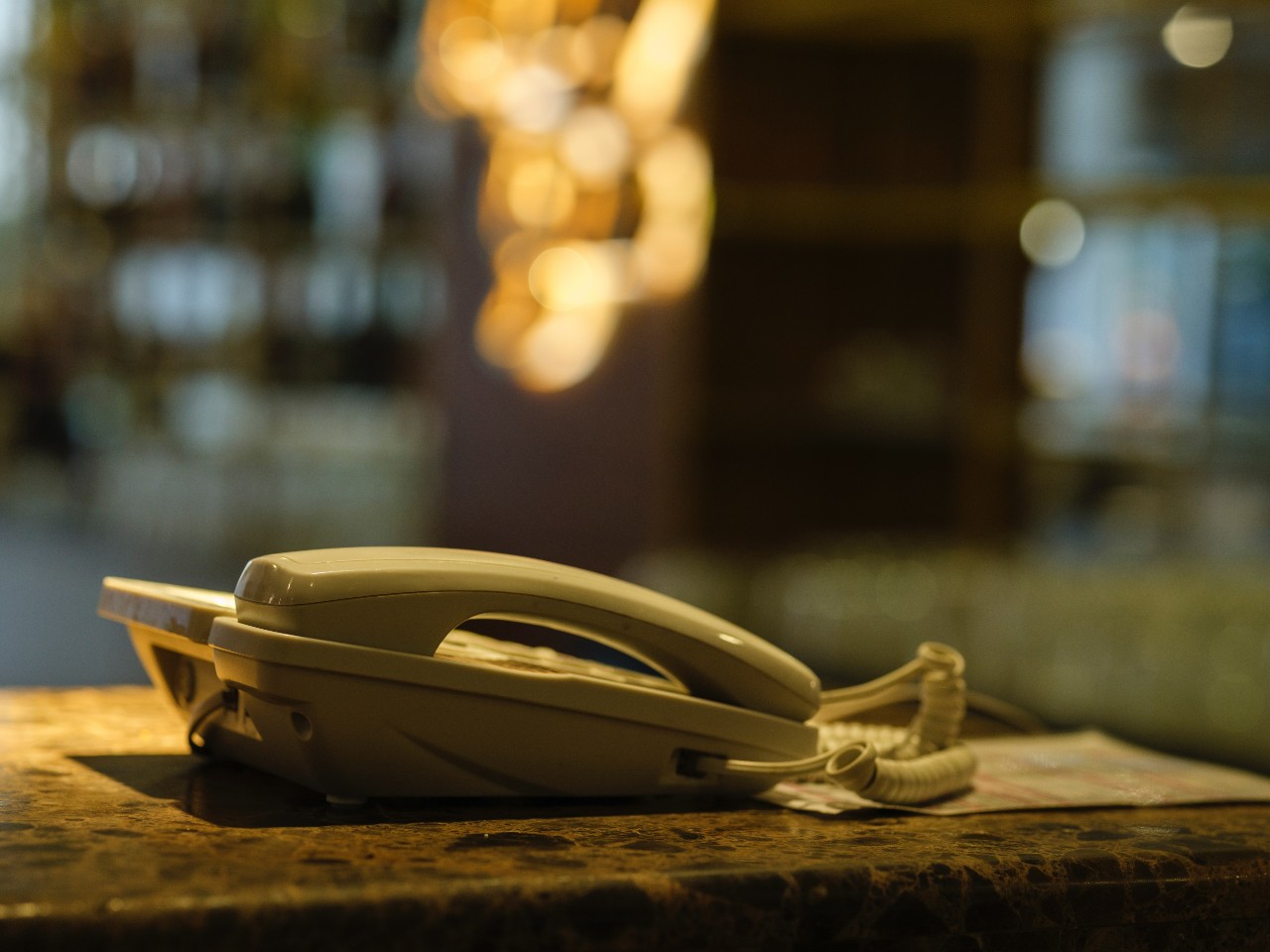
Find out more about the Eiffel Tower: the “Iron Maiden”
We do not remember it anymore but this beautiful eccentric was to be destroyed after twenty years! More than a century after its construction, the old “Iron Maiden” is still standing and continues to fascinate.
However, its birth, on the occasion of the Universal Exhibition of 1889, aroused mockery and sarcasm. Charles Garnier, the architect of the Opera, Maupassant and Zola and most of the artists of the time, cried foul and signed a petition against what he called the “tragic lamppost” or the “hollow candlestick”.
We do not remember it anymore but this beautiful eccentric was to be destroyed after twenty years! More than a century after its construction, the old “Iron Maiden” is still standing and continues to fascinate.
However, its birth, on the occasion of the Universal Exhibition of 1889, aroused mockery and sarcasm. Charles Garnier, the architect of the Opera, Maupassant and Zola and most of the artists of the time, cried foul and signed a petition against what he called the “tragic lamppost” or the “hollow candlestick”.






